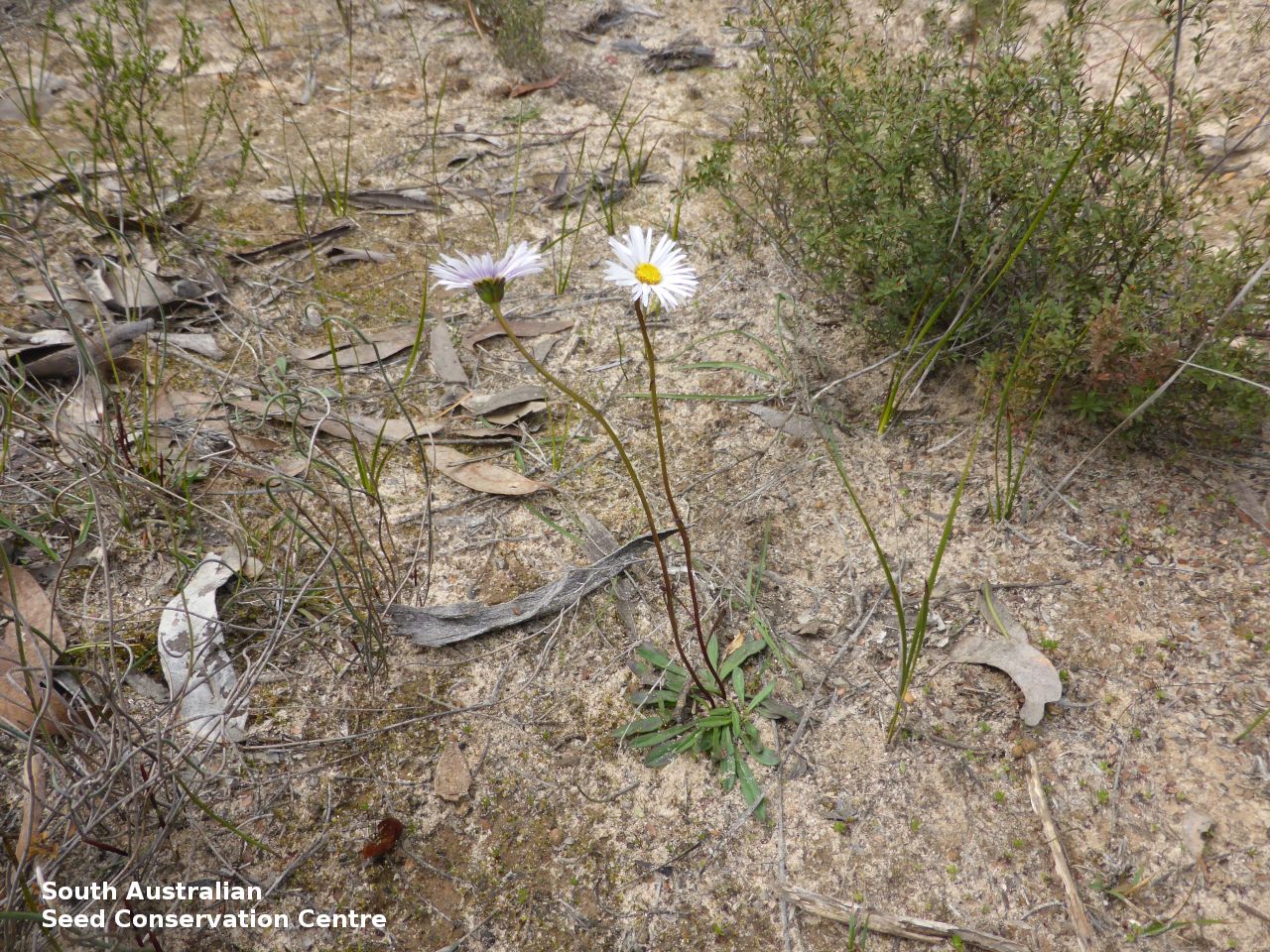
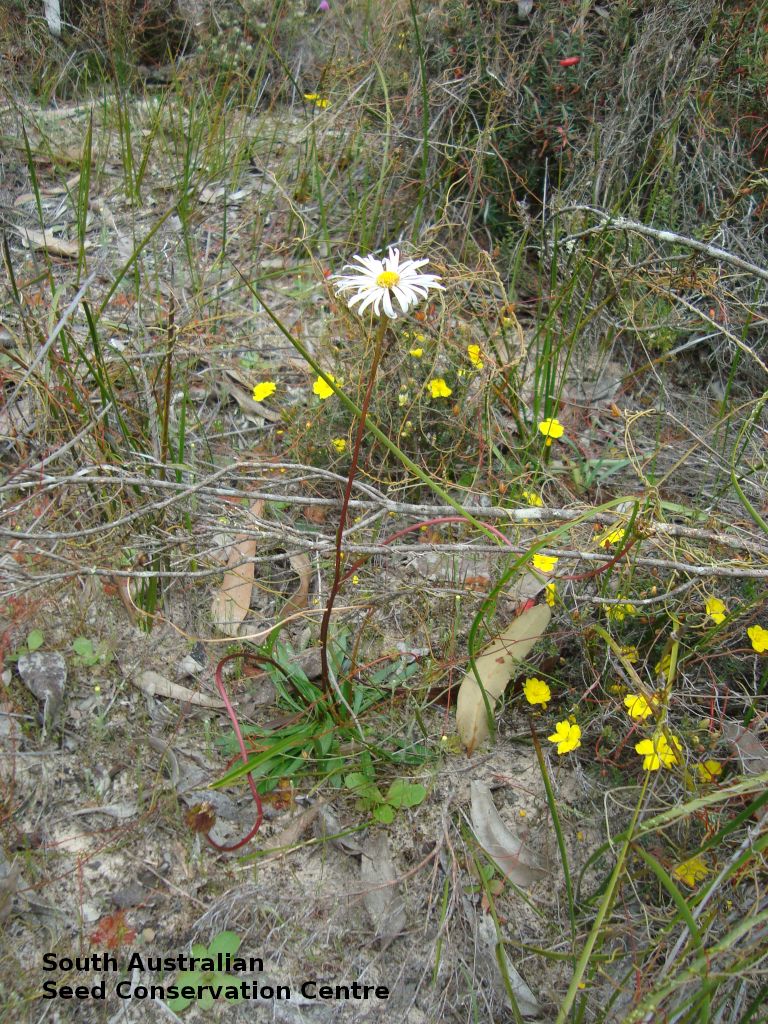
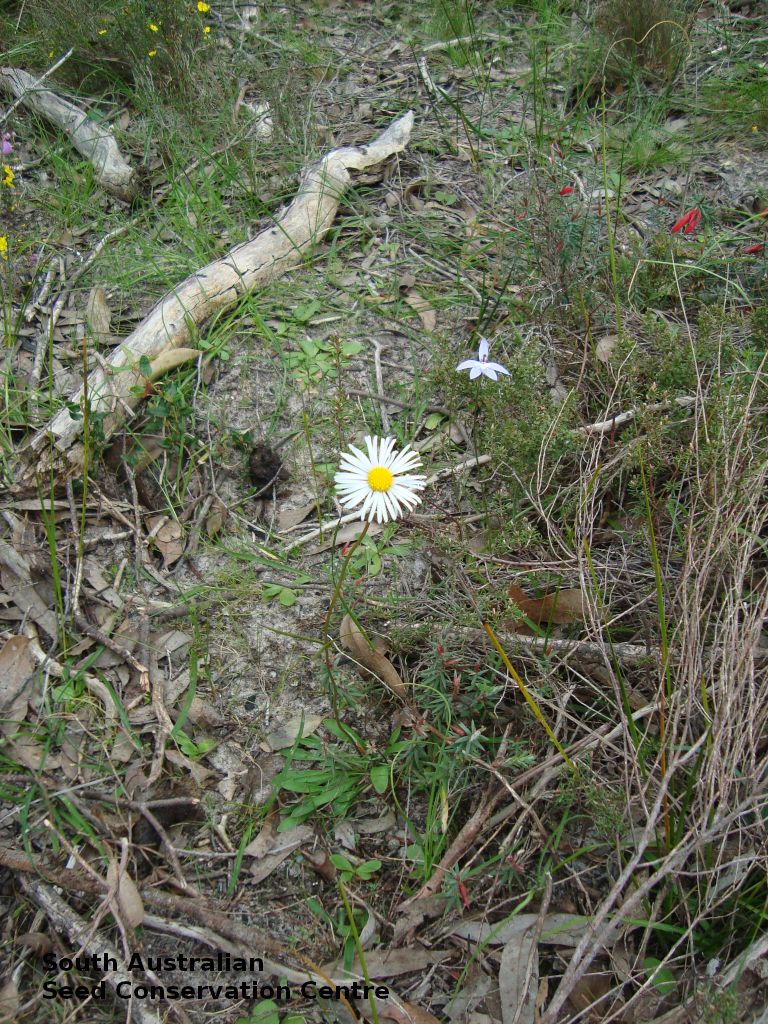
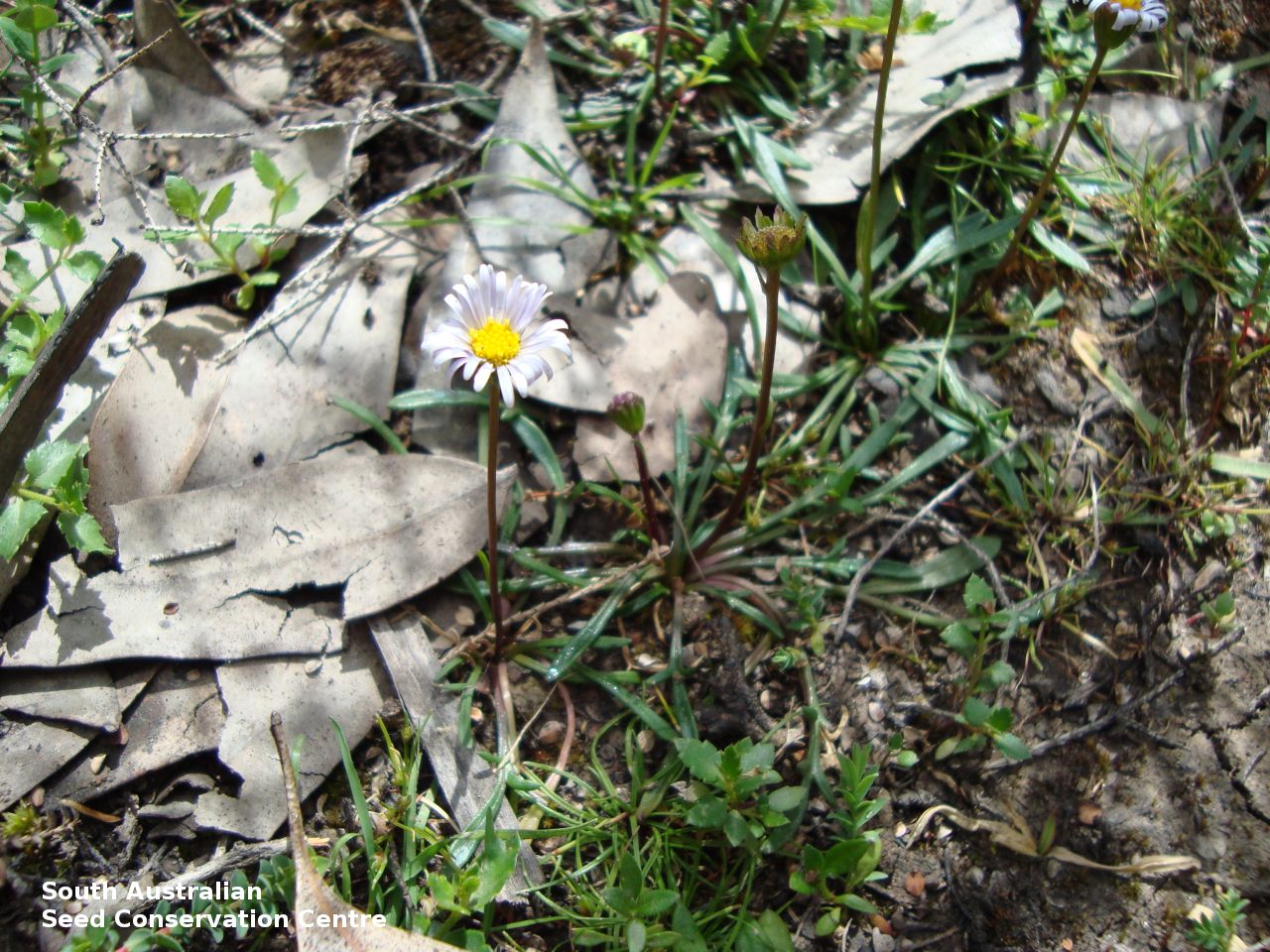
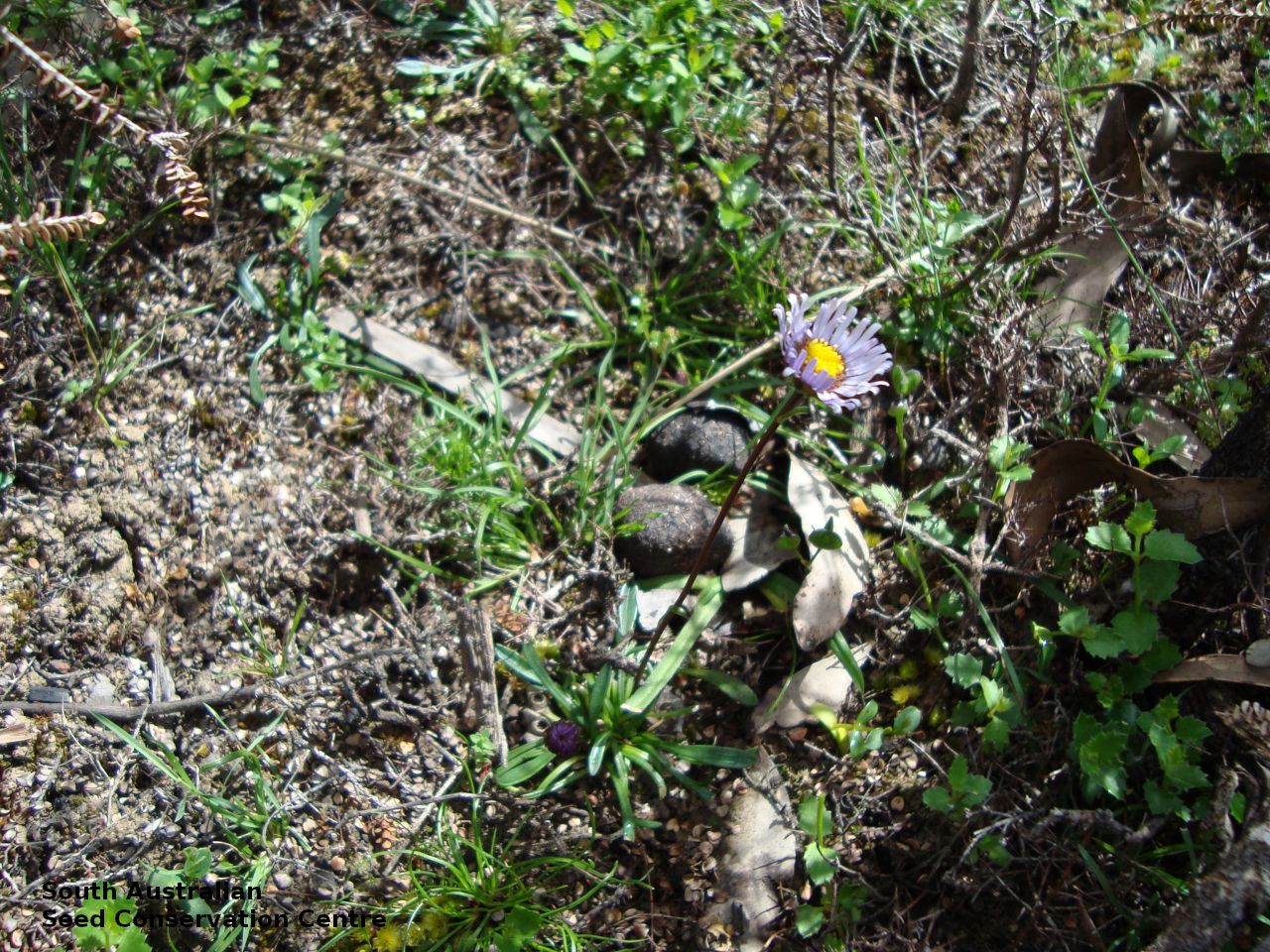
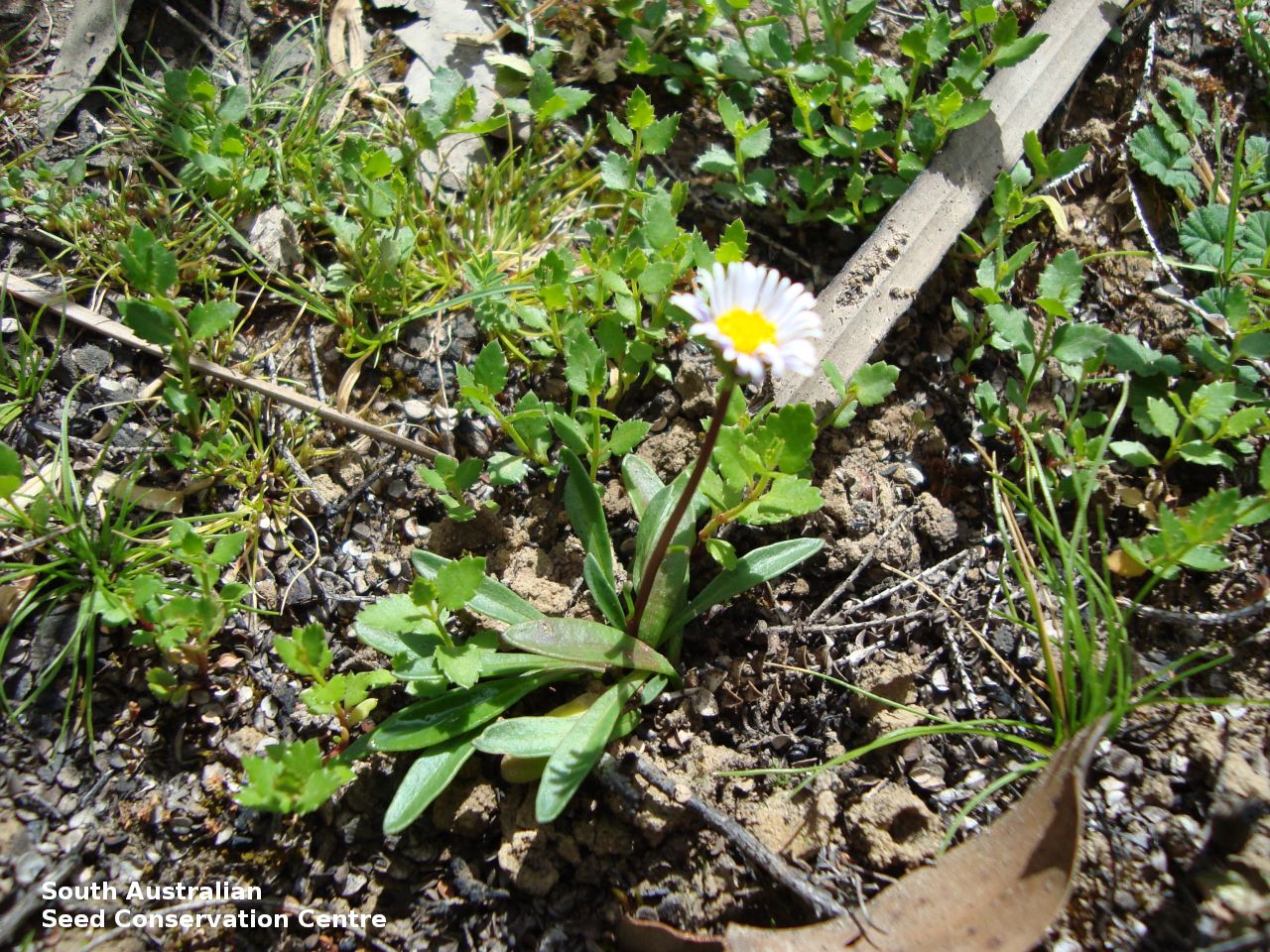
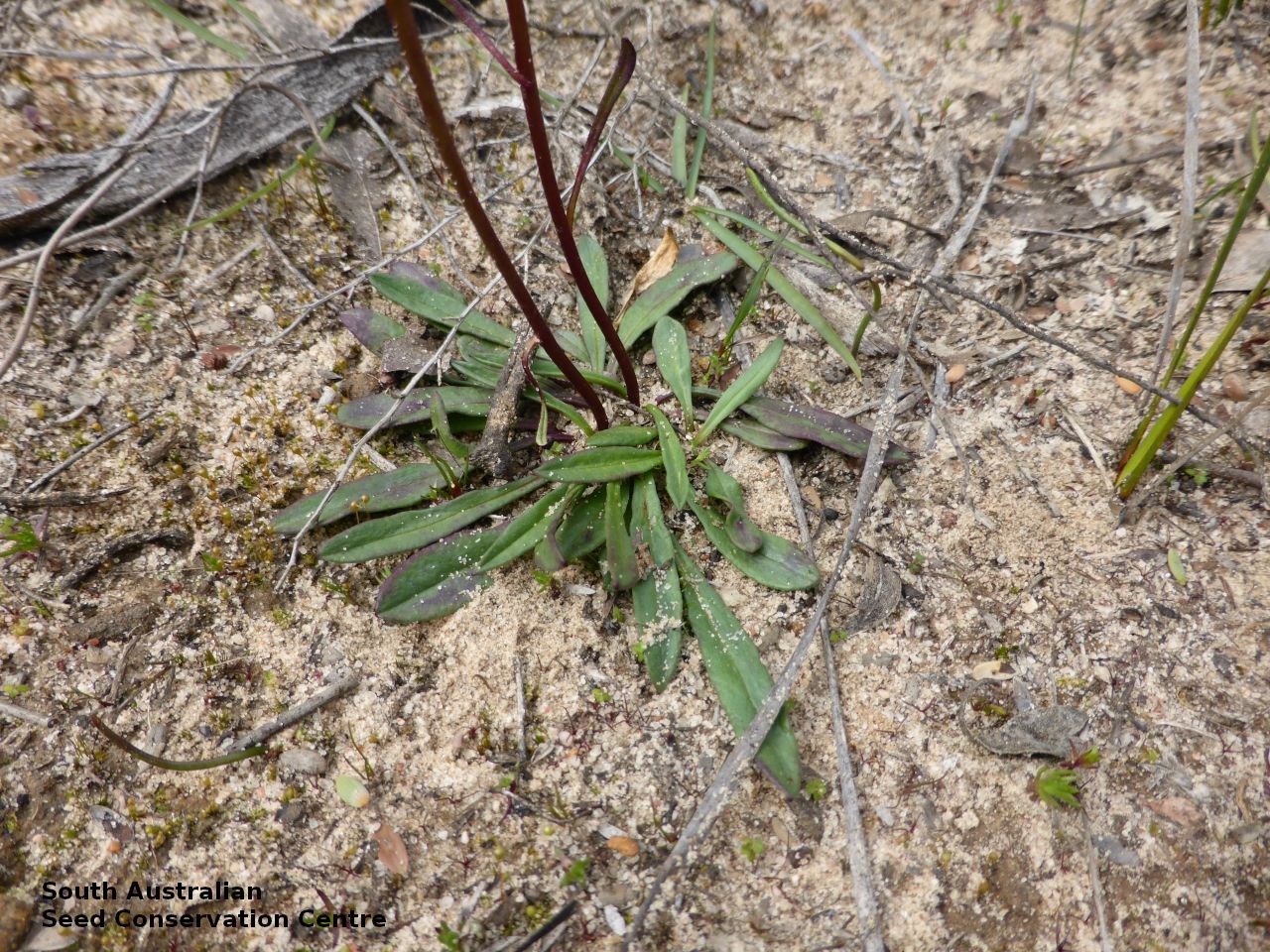
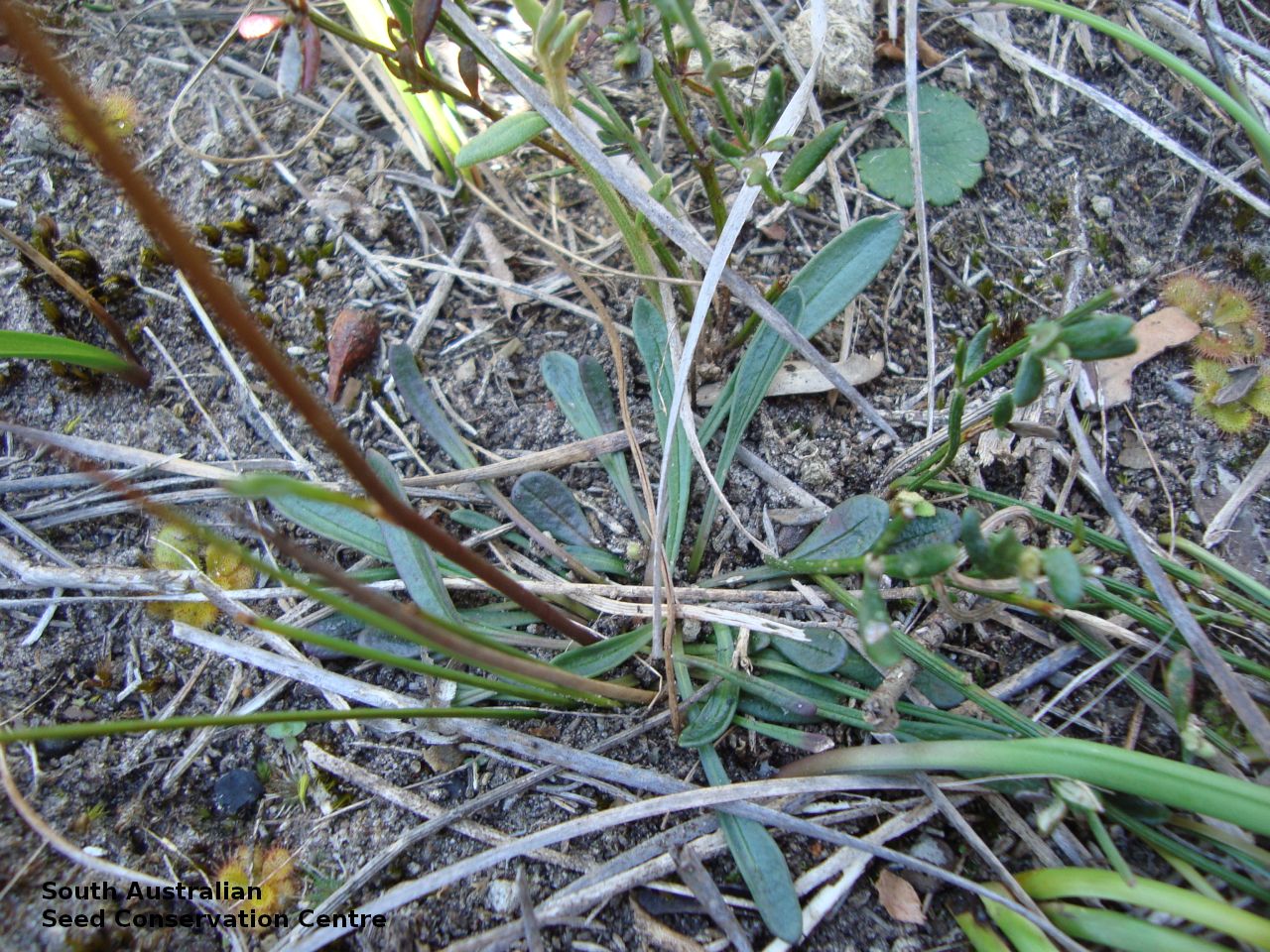
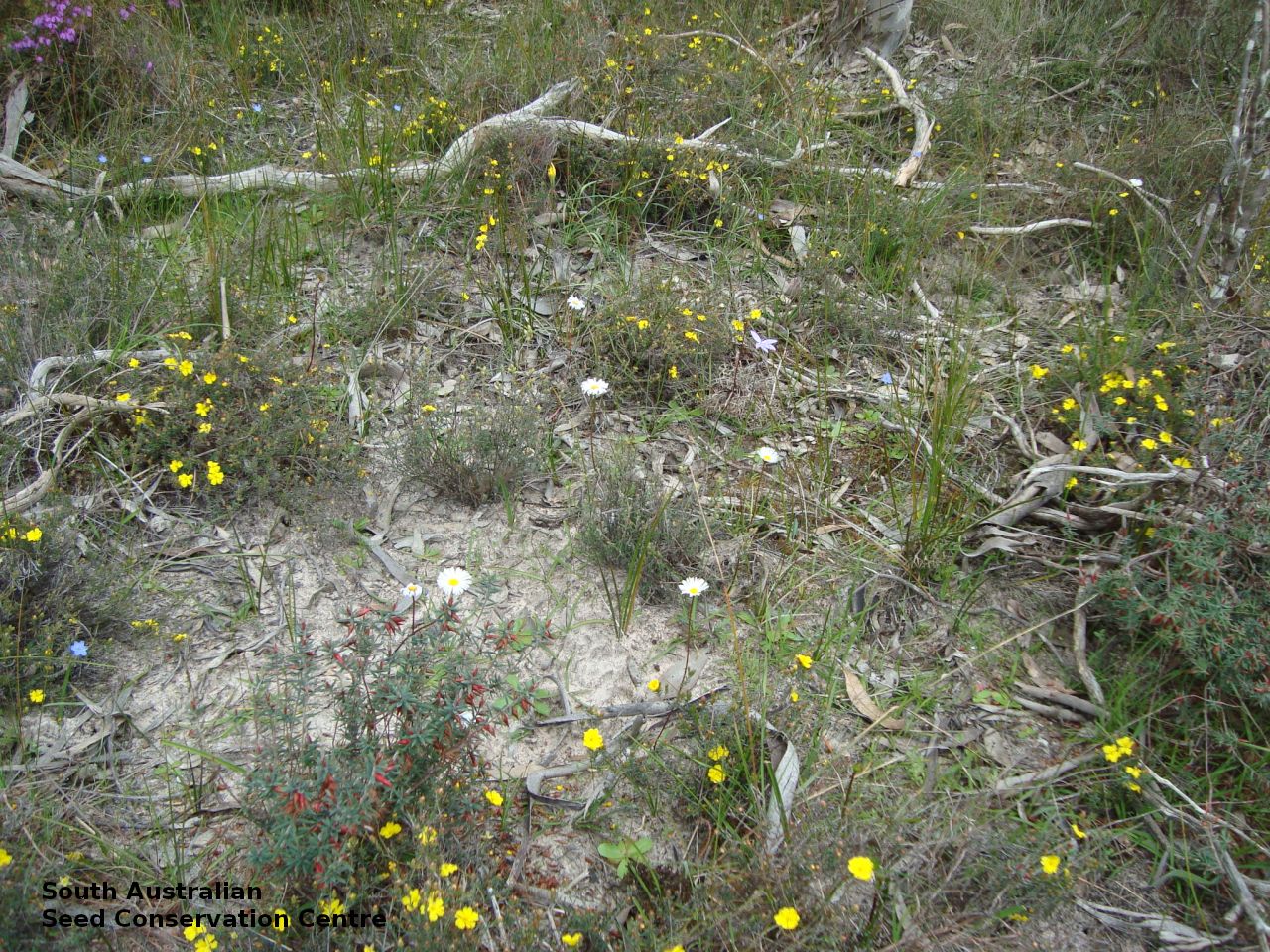
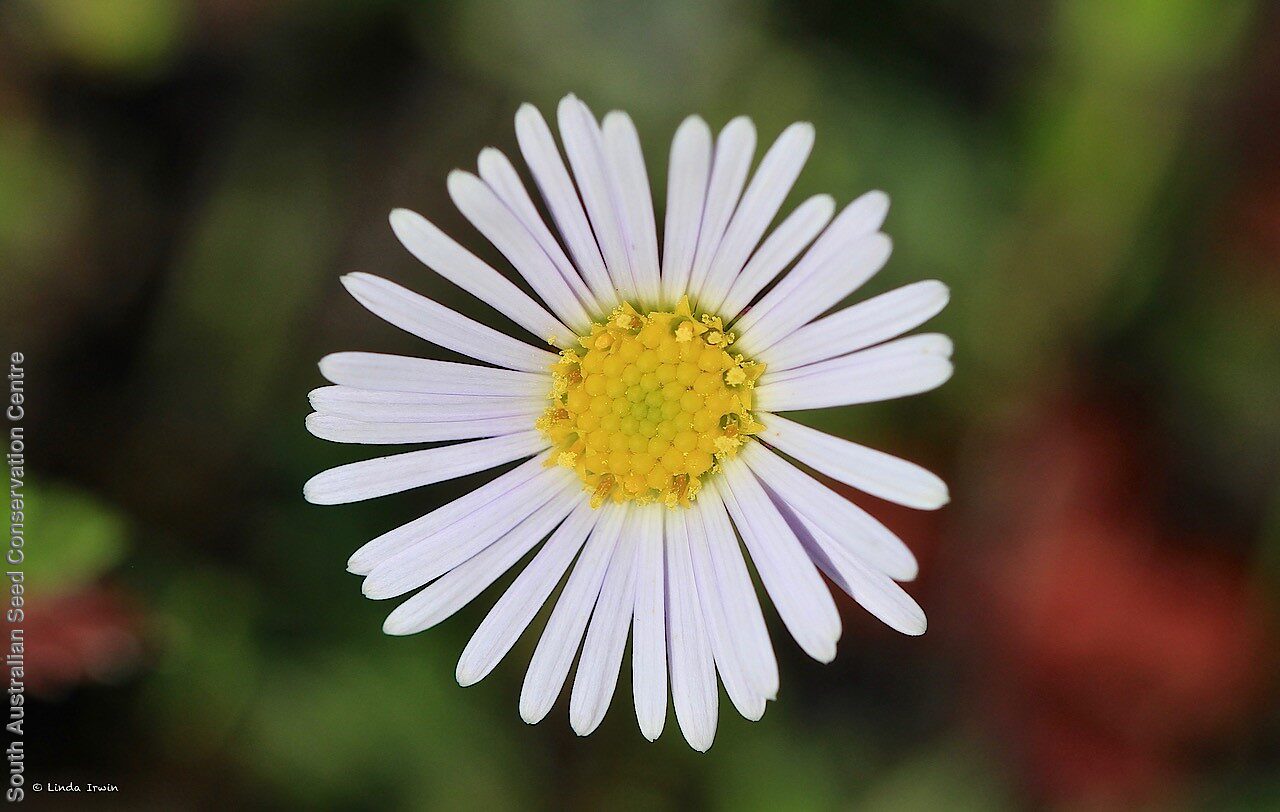
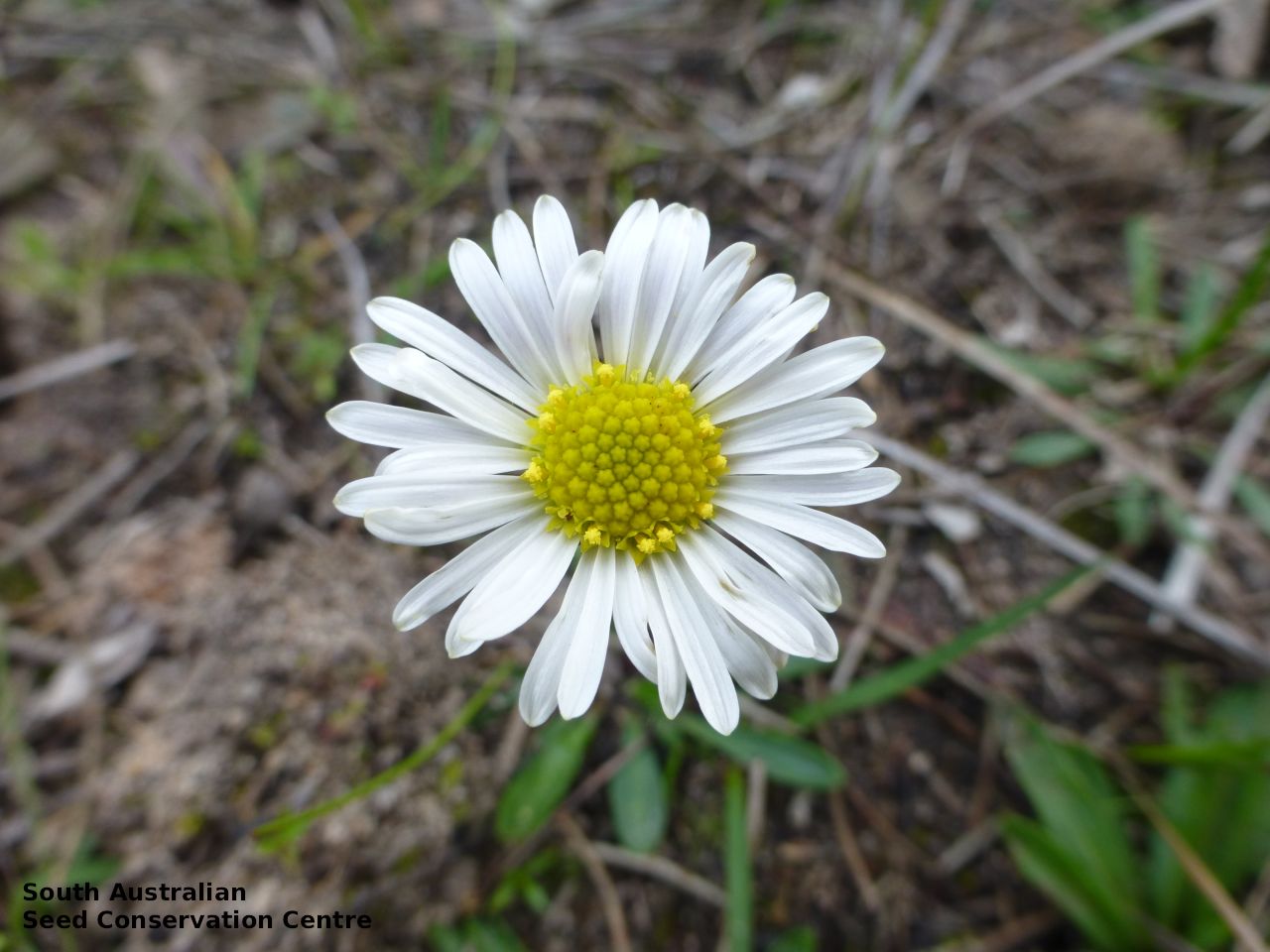
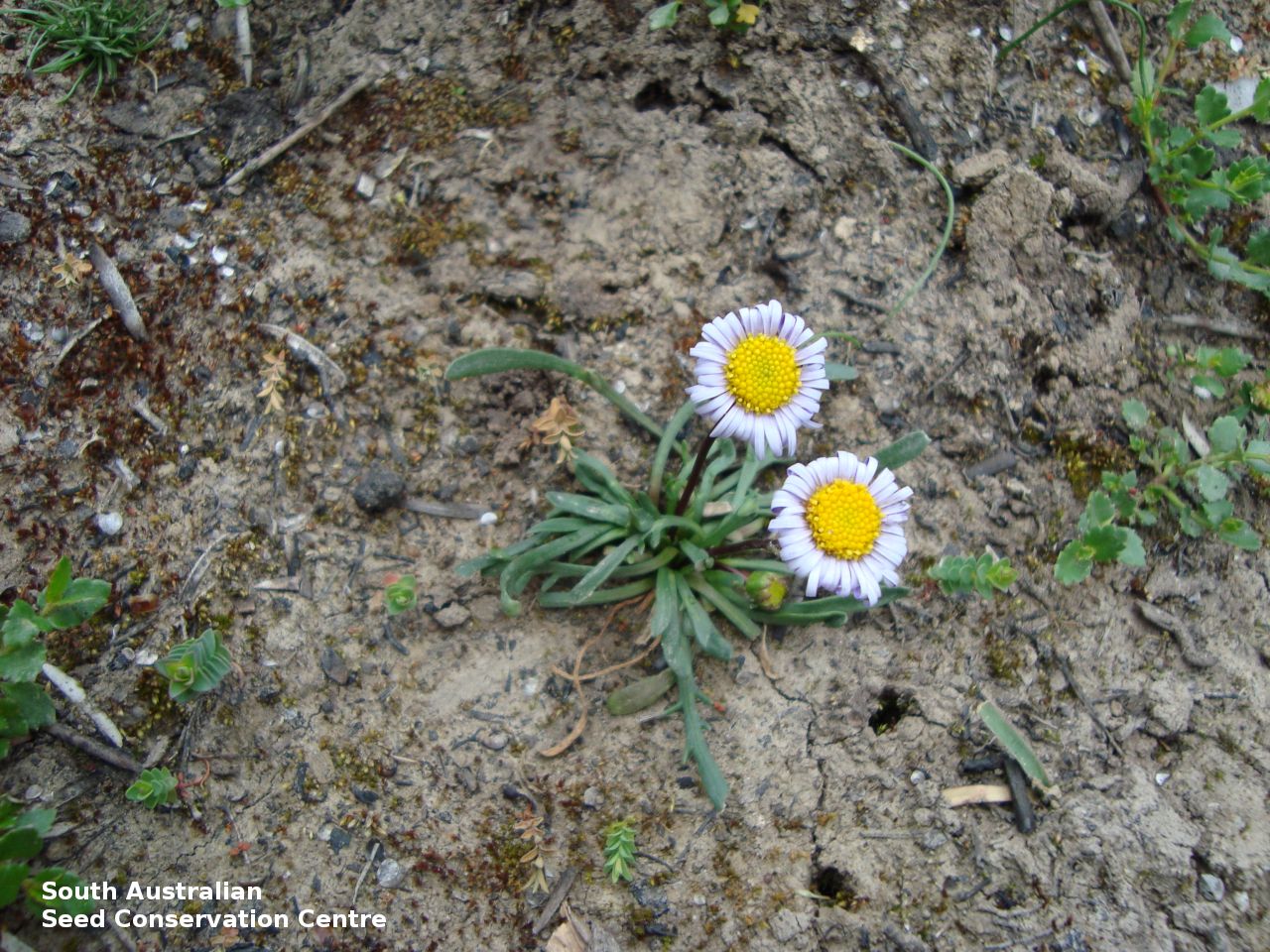
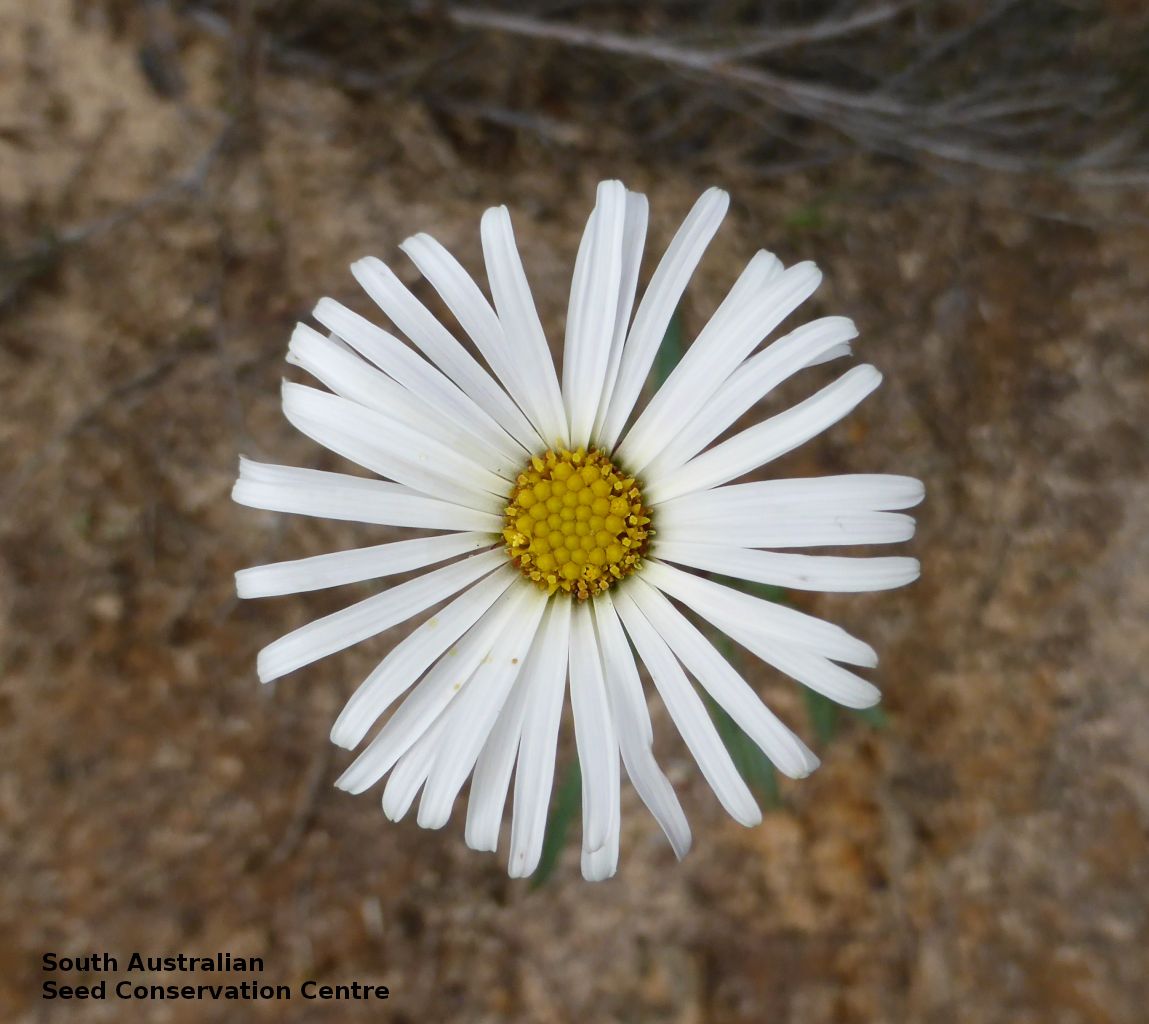
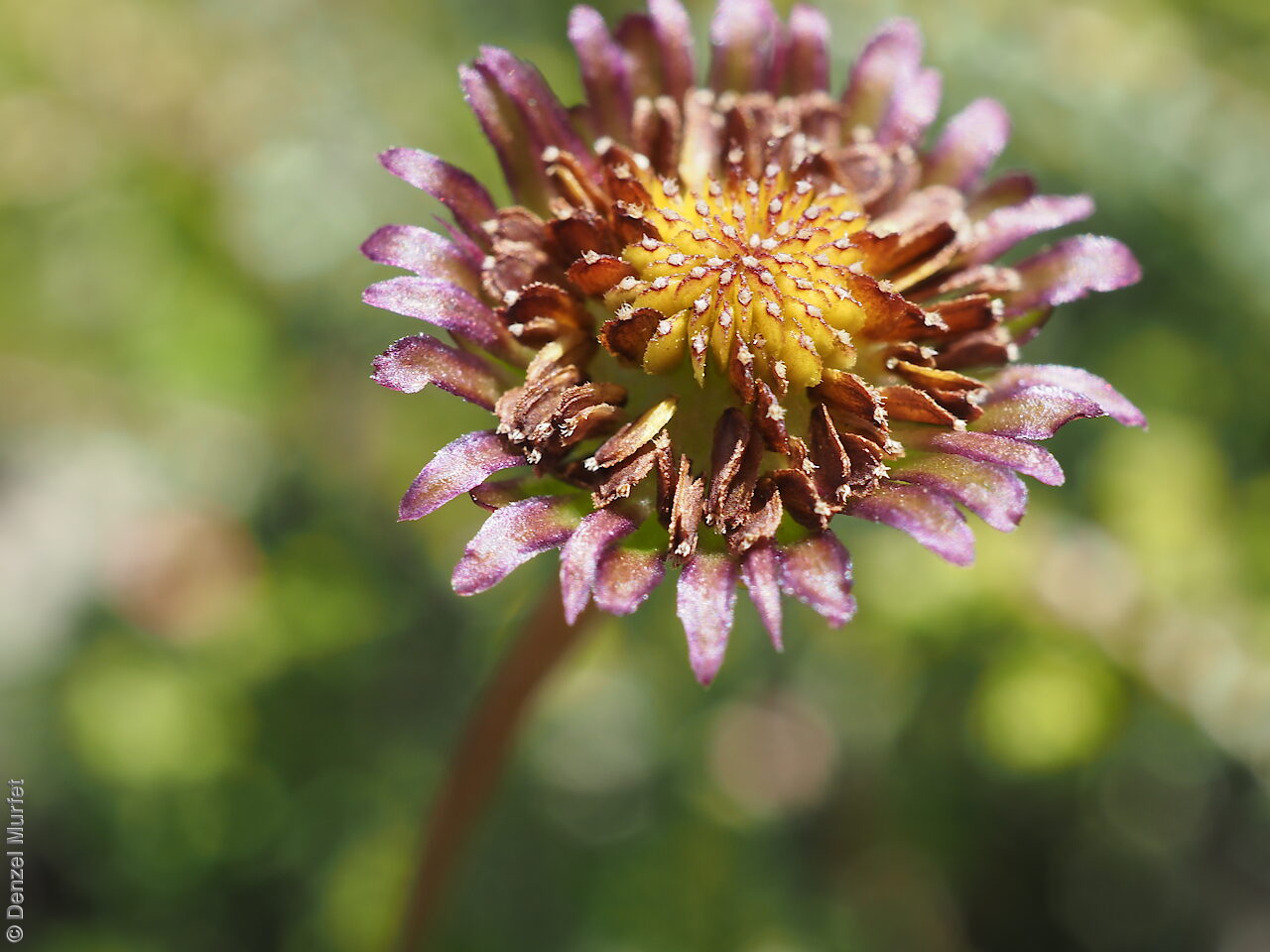
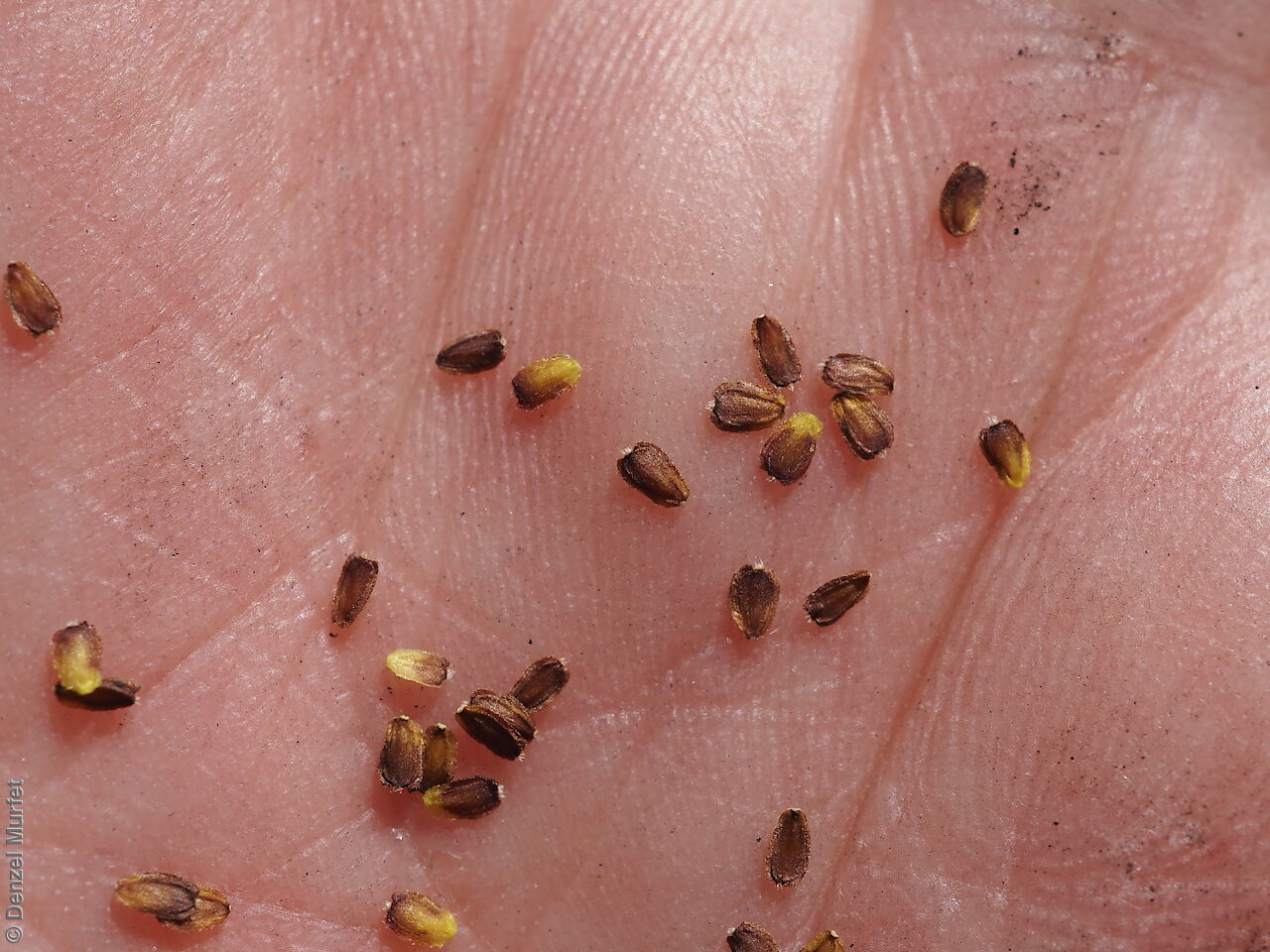
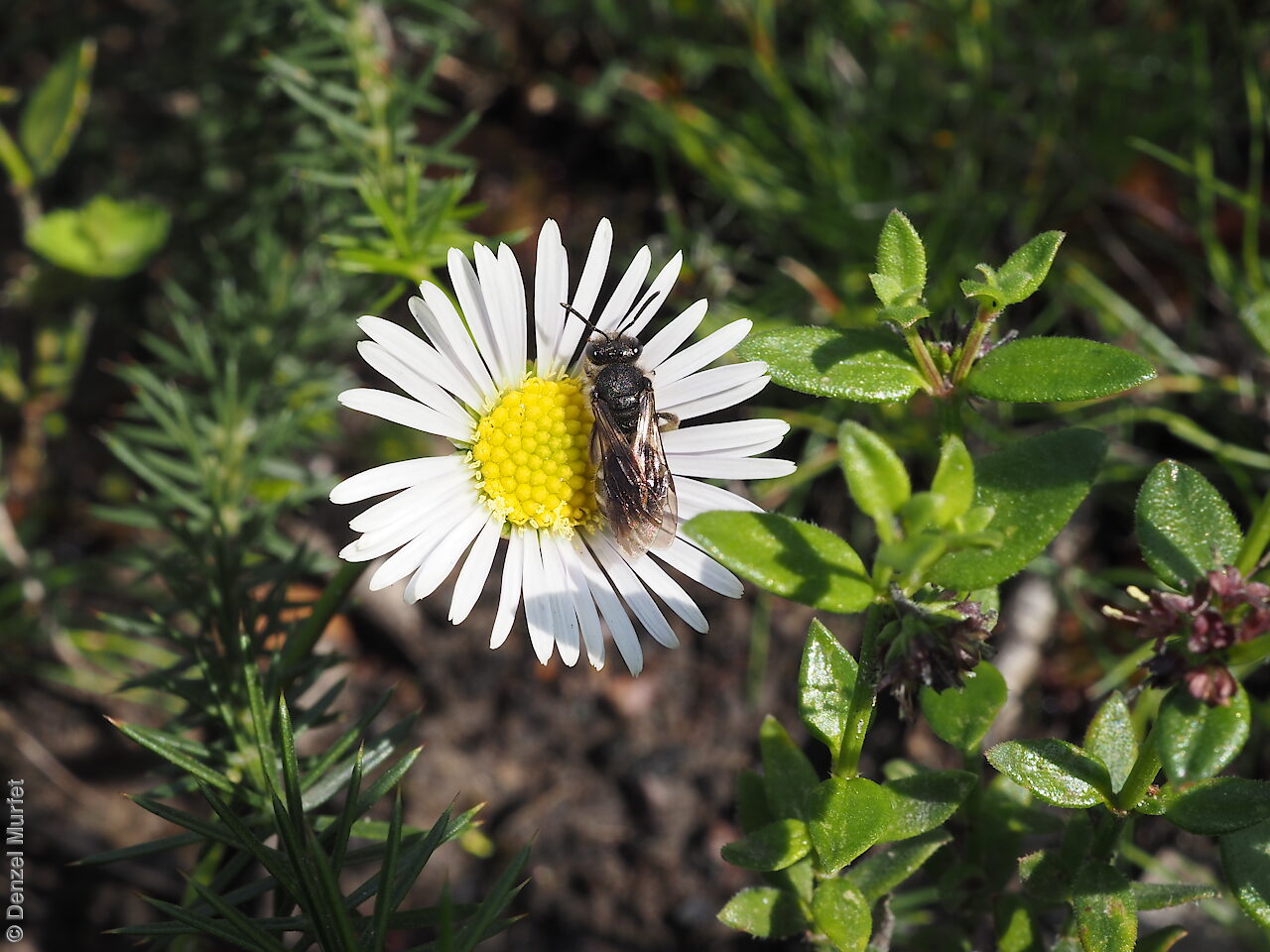
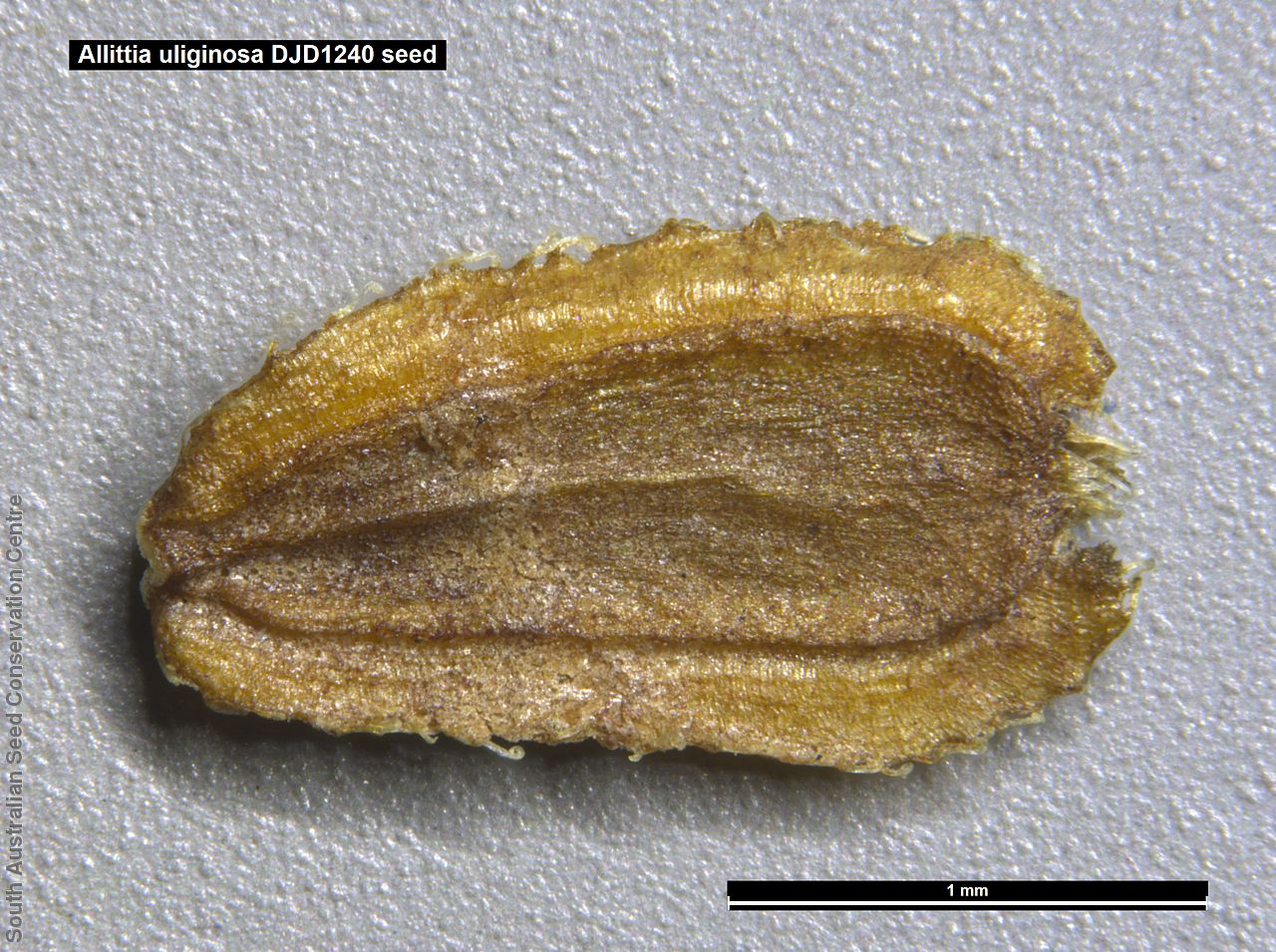
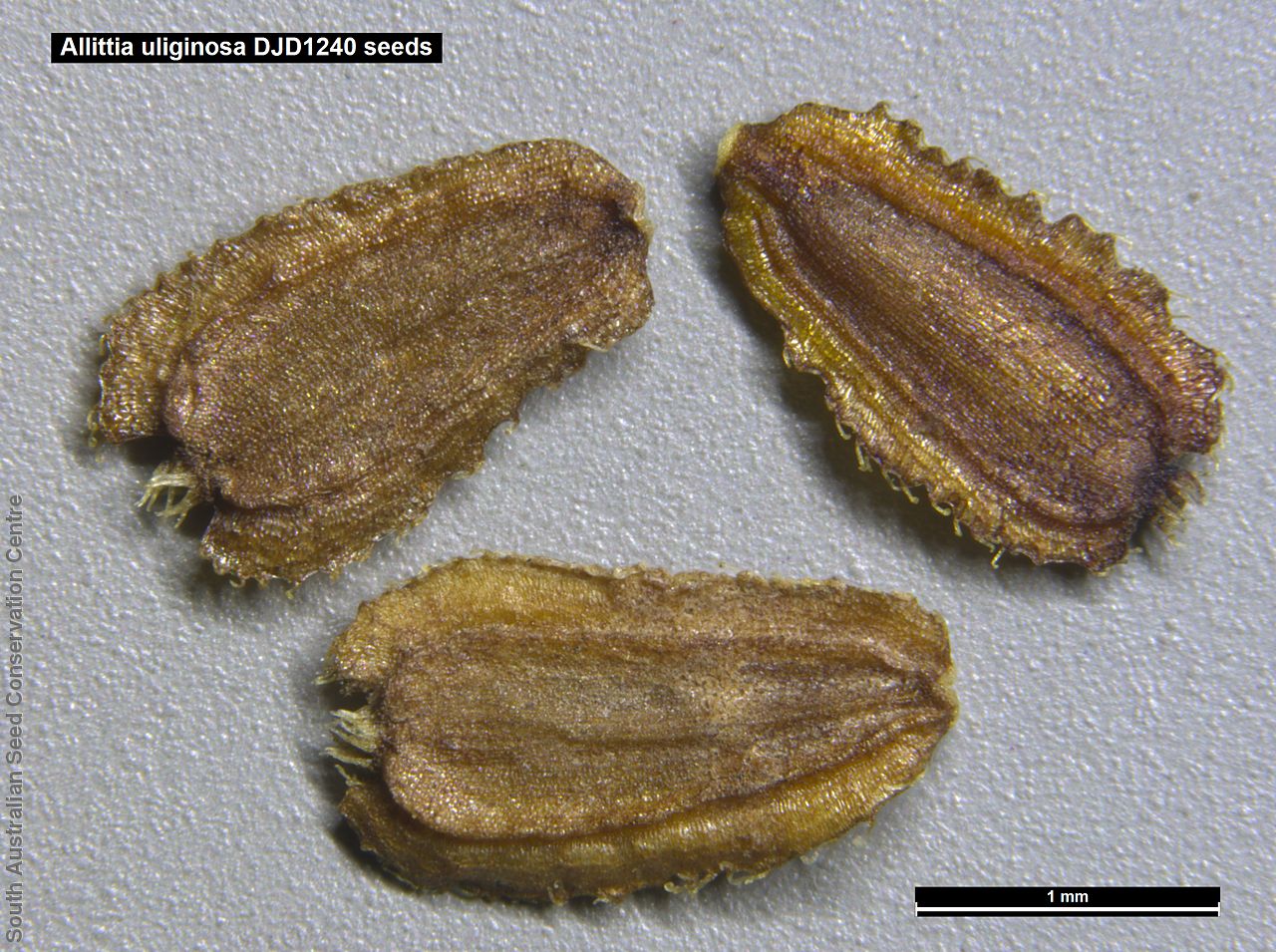

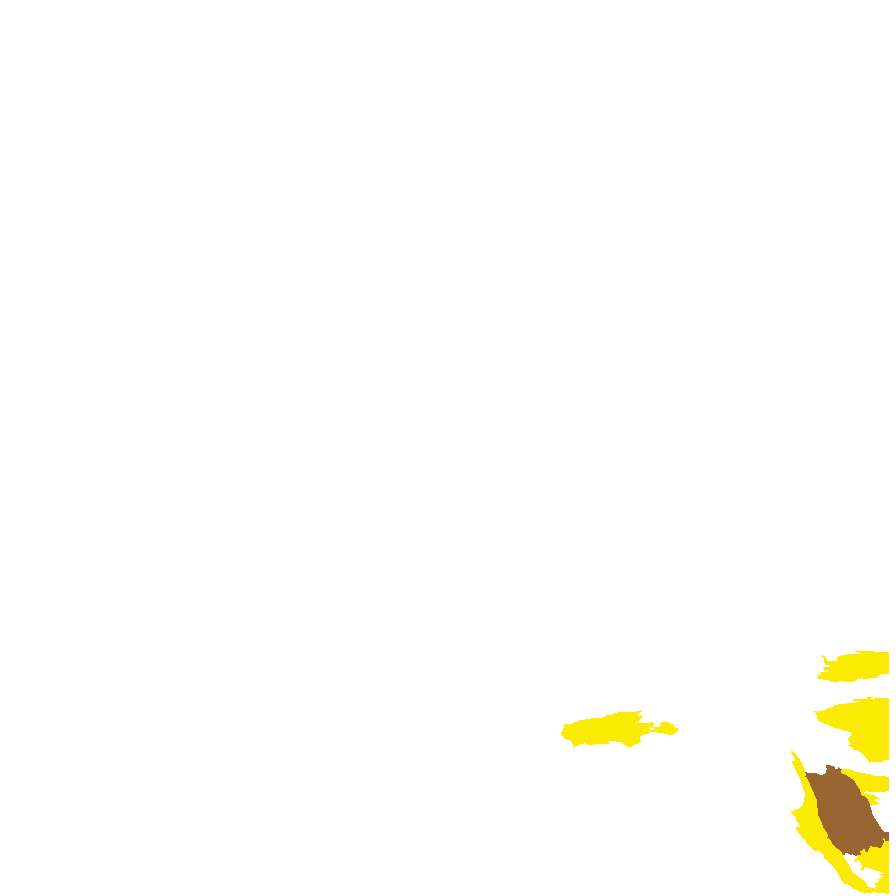
Botanical art
Prior names
Brachycome uliginosa
Brachyscome uliginosa
Common names
Small Swamp Daisy
Wet-heath Daisy
Etymology
Allittia named after William Allitt (1828 - 1893), who collected herbarium specimens, including the new lectotype specimen of Brachyscome cardiocarpa, in the south-west of Victoria while he was curator of the botanic gardens at Portland from the 1860s to the 1880s. Uliginosa from Latin meaning moist or marshy, referring to where the species habitat.
Distribution and status
Found only on Kangaroo Island and the lower South-east in South Australia, growing in swamps among heathland. Also found in Victoria. Native. Rare in South Australia. Common in Victoria.
Herbarium regions: Kangaroo Island, South Eastern
NRM regions: Kangaroo Island, South East
AVH map: SA distribution map (external link)
Plant description
Perennial herb to 30 cm high, with no rhizomes. Stem very short, leaves all radical, sessile, narrowly oblanceolate, entire and sheathing at the base to 60 mm long and 6 mm wide, glabrous. Flowers large white to light purple daisy. Flowering between September and November. Fruits are large daisy heads with numerous seeds, usually turning brown when maturing. Seeds are flat, dark brown, ovoid to 2 mm long, with serrated wings all around the margin. Seed embryo type is spathulate fully developed.
Seed collection and propagation
Collect seeds between November and January. Pick by hand, mature heads that are turning brown and contain semi-hard, brown seed inside. Place the heads in a tray to dry for 1-2 weeks. Then rub the heads gently by hand to dislodge the seeds. Use a sieve to separate the unwanted material. Store the seeds with a desiccant such as dried silica beads or dry rice, in an air tight container in a cool and dry place. Seed viability is usually high. Seeds are non-dormant, viable seed should germinate readily.
| Location | No. of seeds (weight grams) | Number of plants | Date collected | Collection number Collection location | Date stored | % Viability | Storage temperature |
|---|---|---|---|---|---|---|---|
| MSB | 2,800 (0.7885 g) | 150+ | 8-Nov-2006 | PJA141 South Eastern | |||
| BGA | 2,100 (0.45 g) | 200+ | 7-Nov-2008 | PJA183 South Eastern | 1-Jun-2010 | 70% | -18°C |
| BGA | 6,400 (0.83 g) | 11-Nov-2008 | DJD1240 Kangaroo Island | 1-Jan-2012 | 100% | -18°C | |
| BGA | 1,600 (0.32 g) | 12-Oct-2011 | DJD2264 South Eastern | 1-Nov-2017 | N/C | -18°C | |
| BGA | 15,500 (2.528 g) | 28-Sep-2021 | DJD4033 Kangaroo Island | 7-Jul-2022 | 90% | -18°C, -80°C |
Number of plants: This is the number of plants from which the seeds were collected.
Collection location: The Herbarium of South Australia's region name.
% Viability: Percentage of filled healthy seeds determined by a cut test or x-ray.